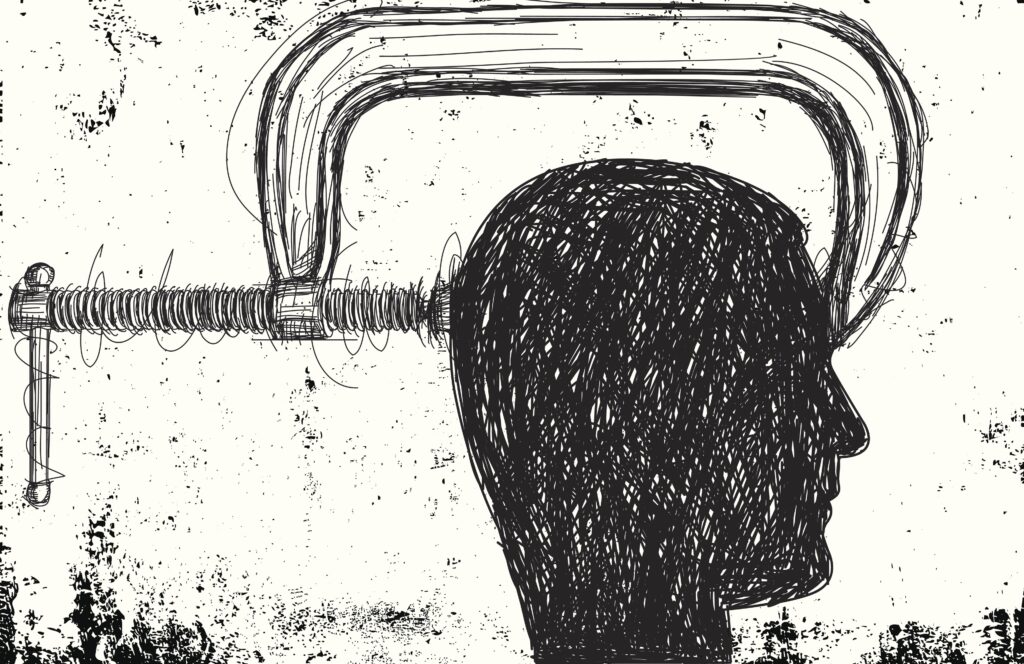In a survey from September 2021, 89% of employees said they had experienced burnout in the last year, and more than a quarter of those said they experience burnout all of the time.
While burnout certainly has implications for the health and well-being of workers, it also negatively impacts the organisations they work for. Burned out employees are 63% more likely to take a sick day and 2.6x as likely to leave their current employer.
Employees suffering from burnout are also 13% less confident in their own performance and half as likely to discuss strategies for achieving performance goals with their managers.
Burned out employees are 63% more likely to take a sick day and 2.6x as likely to leave their current employer.
So what does this have to do with learning and development? Listed below are three reasons that burnout is an L&D issue:
- L&D may actually be a contributor to burnout.
- Burnout impacts the effectiveness of L&D initiatives in organisations.
- L&D can contribute to addressing and reducing burnout.
What is it? And why is it an L&D issue?
Burnout is not a new phenomenon, and most people have a fairly good sense of what it is. The recently updated definition by the World Health Organisation clearly identifies burnout as an occupational phenomenon, stating that it is caused by "chronic workplace stress that has not been successfully managed".
Its three primary symptoms are emotional exhaustion, decreased sense of accomplishment, and detachment or depersonalisation. The main cause of burnout is overwork, followed by toxic work cultures, and pressure to work faster.
While we would like to think of L&D as a solution to these challenges, we first need to consider that L&D could be a part of the problem.
Is L&D contributing to burnout?
No access to needed learning
As resignations rise, remaining workers are often asked to take on more work. When stretched, learning may be the first part of a job to be removed. Having a heavy workload without having the necessary skills or resources to develop those skills is a recipe for burnout.
As many as 50% of all workers will need to be reskilled by 2025.
According to a World Economic Forum report, as many as 50% of all workers will need to be reskilled by 2025. Workers who are already struggling with too much work, and possibly no time to learn what is needed to perform effectively today, may then be told that they will need to be reskilled in order to remain employable tomorrow.
Recognising that L&D could be contributing to the burnout epidemic is an important step towards making sure we avoid these pitfalls.
Implications of burnout on learning
A recent article from Gallup stated that, "work burnout diminishes employees' desires to learn and grow". When employees are trying to get the motivation just to take care of their daily needs, they don't have a lot of energy to put towards developing for the future.
It is hard to learn when you are emotionally exhausted, feeling disconnected and cynical, and feeling a sense of futility.
When people are burned out, they may have a sense that things are not right, but they are not able to mobilise themselves to take steps to address the problem. Even if L&D departments offer excellent learning opportunities, workers who are burned out may not be accessing them.
L&D as a source of healing from burnout
Whilst L&D can sometimes be a burnout contributor, it can also be part of the solution. Follow these four steps to leverage L&D in healing and preventing burnout:
- Increase awareness about burnout at scale – educating workers and managers about burnout normalises it and removes the stigma. When an organisational culture has an understanding of what burnout is and how to prevent it, people within the organisation can come together to support one another, both healing and preventing burnout. Use your L&D platforms and existing learning journeys to share information about burnout to help identify it and address it.
- Provide clarity to workers about any upskilling or reskilling you want them to go through – help them to know specifically what skills will be needed for various roles, and be clear about the outcomes they can expect when they develop those skills. The skills libraries and taxonomies that are emerging can be overwhelming for a worker trying to decide where to focus their development.
Managers and the L&D function are valuable resources in helping workers identify what to learn, considering the individual's current state and future goals, as well as where the organisation is going and what skills are projected to be valuable in the future.
- Activating the internal locus of control – feeling like people are in charge of their lives is a key protective factor against burnout. This feeling has been missing for many people over the past two years, as the covid virus and subsequent restrictions placed that locus of control external to the individual.
With self-led learning, workers can take control of their own L&D. They can choose topics of interest, the approach to learning that they prefer, and when to complete it. When supported with relevant information and a manager who values development and sees it as part of the role, workers can leverage self-led learning to begin to feel more in control of their lives.
- Design your learning to bring people together – loneliness can be both a cause and symptom of burnout, and people who are burned out may struggle to motivate themselves to reach out and connect with others. Yet connection with other people, particularly where a shared purpose is present, is a protective factor and contributor to healing from burnout. Learning, when it has a social collaborative component, is an excellent way to bring people together and reduce loneliness.
Burnout is undoubtedly an L&D issue – and as leaders, it is your responsibility to avoid allowing L&D to contribute to burnout within your organisation.
To do this, you must be aware of the impact burnout can have on your workers' ability to learn, and intentionally design your learning opportunities and learning culture to prevent and heal burnout.











